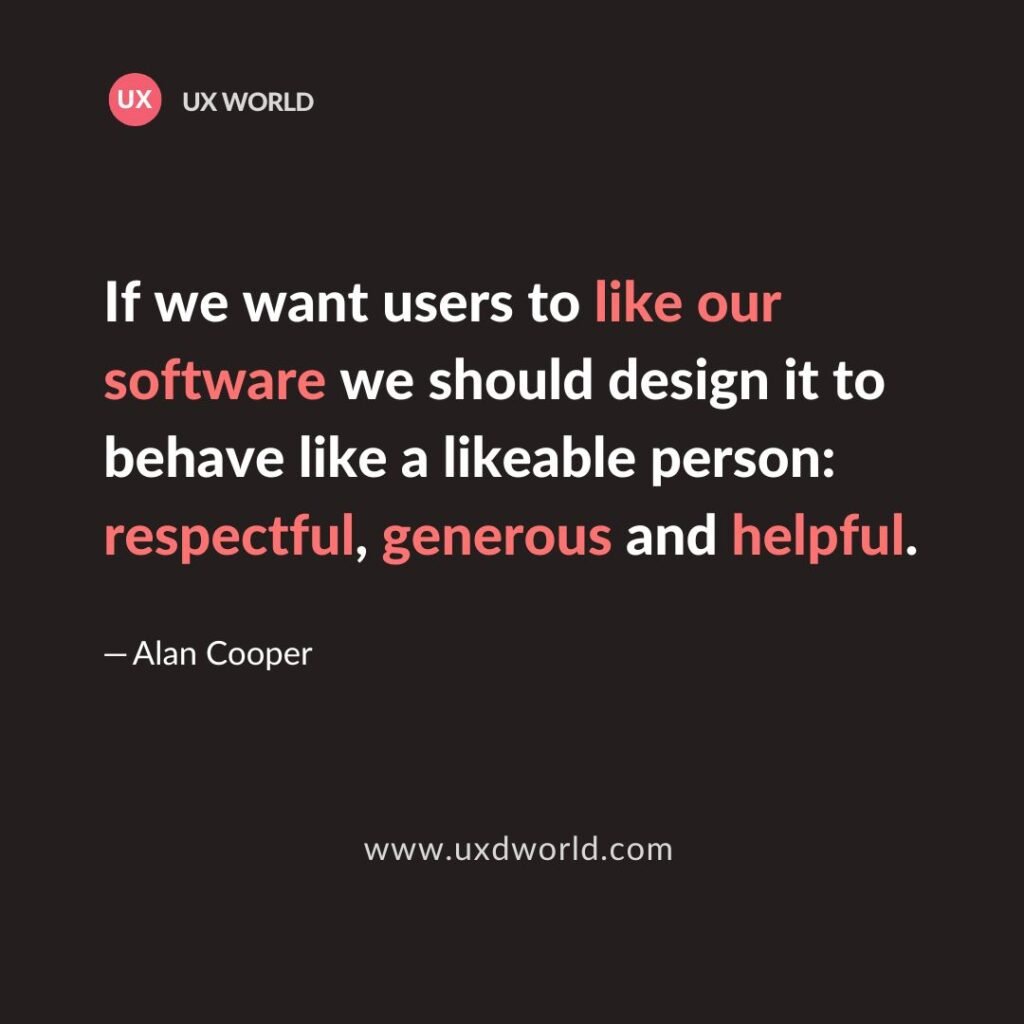Last Updated on August 13, 2024 by UX World
“There’s no learning without trying lots of ideas and failing lots of times.” — Jony Ive
This insightful quote reflects a fundamental truth about creativity, innovation, and growth. We often view failure with fear in our daily lives, considering it a negative part of our journey. However, failure is a crucial part of the learning process.
This principle is especially relevant in UX design, where continuous iteration and refinement are key to creating user-centered products.
The Role of Failure in Everyday Life
We learn and grow by trying new things and making mistakes. Whether we learn a new skill or start a project, failure teaches us valuable lessons. Each setback is an opportunity to learn and try again with more insights. This trial-and-error approach is how we develop our problem-solving skills.
In professional life, success rarely happens without a few failures. The most successful companies and individuals are those who embrace failure as part of the process. They understand that each failure brings them closer to finding a solution that works for them.
“If at first, you don’t succeed, try, try, try again.” — William Edward Hickson
How Does Failure Help UX Design Succeed?
In UX design, experimenting with different ideas and failing is completely normal. Learning from these experiences and refining design concepts is integral to the process. Every phase of the UX design process is iterative which gives you the chance to start over and make improvements along the way.
Below are a few aspects of the UX design process that show how iteration helps to improve your designs.
1. Prototyping and Testing
Prototyping and testing are crucial steps of the UX design process. UX designers create prototypes to visualize and test ideas before developing them.
As a result of testing, some ideas are approved while others require further work. These moments of refinement are learning opportunities that become part of the next iteration. By identifying what doesn’t work, UX designers can refine their concepts and move closer to a better solution.
2. User Feedback
Collecting user feedback provides insights that identify flaws and areas for improvement. Even when feedback highlights failures, it is important to drive the design process forward. It helps designers understand users’ needs and preferences, leading to more informed and effective design decisions.
3. Iterative Design Process
The iterative nature of the UX design process allows you to work on your failures and try again. Whether it’s the initial brainstorming phase, wireframing, or user testing, not every idea will work out. Sometimes the requirement changes altogether, and your designs get discarded, but the experience you gain in this process will never go wasted.
Each failure helps to refine the design and make it closer to user needs.
“Iteration is key to innovation.” — Sebastian Thrun
Conclusion
Failure is not something to fear in UX design; it’s something to embrace. Each poor idea contributes to the overall success of the project. Being open to failure helps to cater to the evolving needs of users. The willingness to try, fail, and learn leads to growth and success. With this mindset, UX designers, developers, product managers, and others involved in the design process can create products that truly resonate with users.
Want to Learn UX Design?
- Try Interaction Design Foundation. IxDF offers online design courses covering the entire UX design spectrum, from foundational to advanced level. As a UX Design World reader, you get 25% off your first year of membership with the IxDF.
- The UI/UX Design Specialization from Coursera brings a design-centric approach to user interface and user experience design and offers practical, skill-based instruction centered around a visual communications perspective. By learning this Design Specialization, you can design high-impact user experiences for your customers.
Thanks for reading.
Subscribe to more related articles on UX World.
If you have any questions, contact us here: Facebook | YouTube | Instagram | Linkedin



